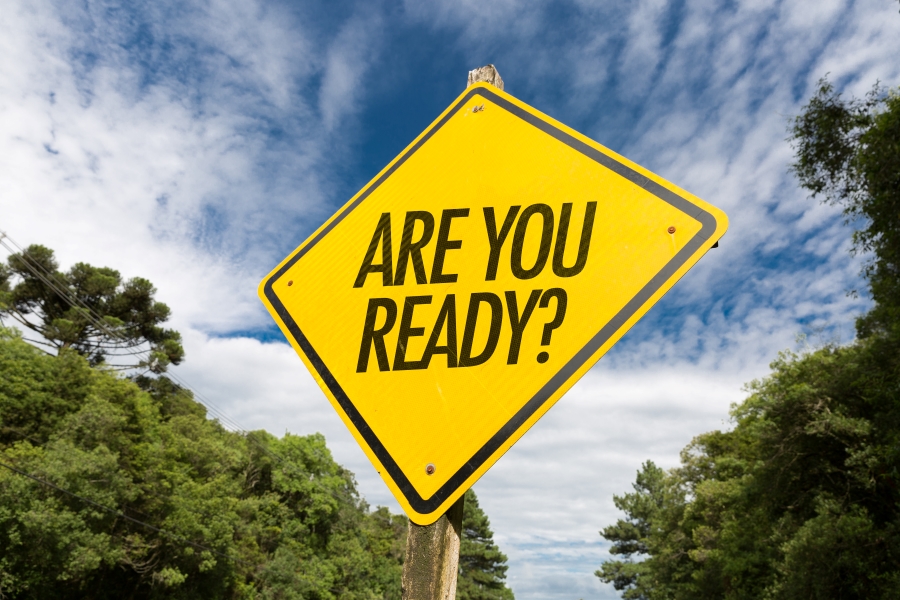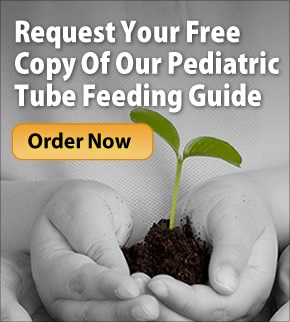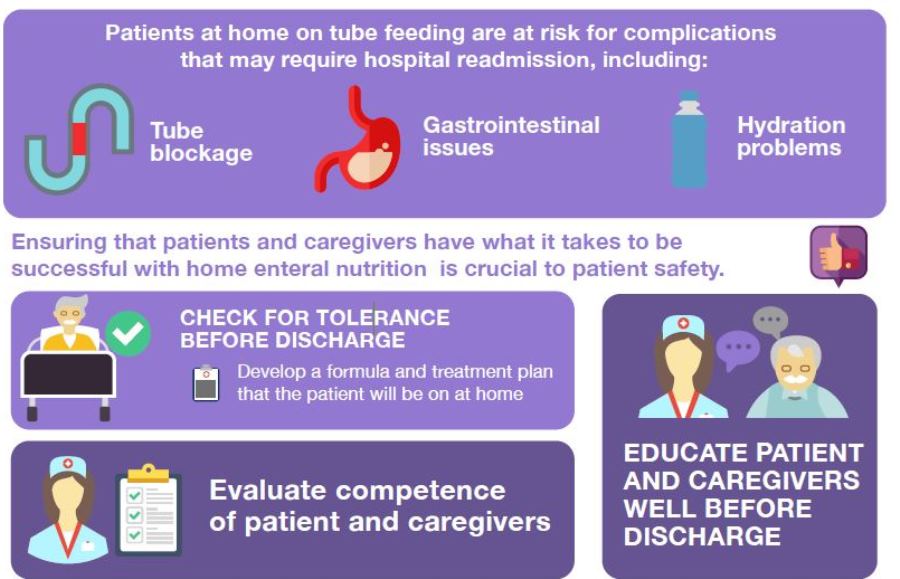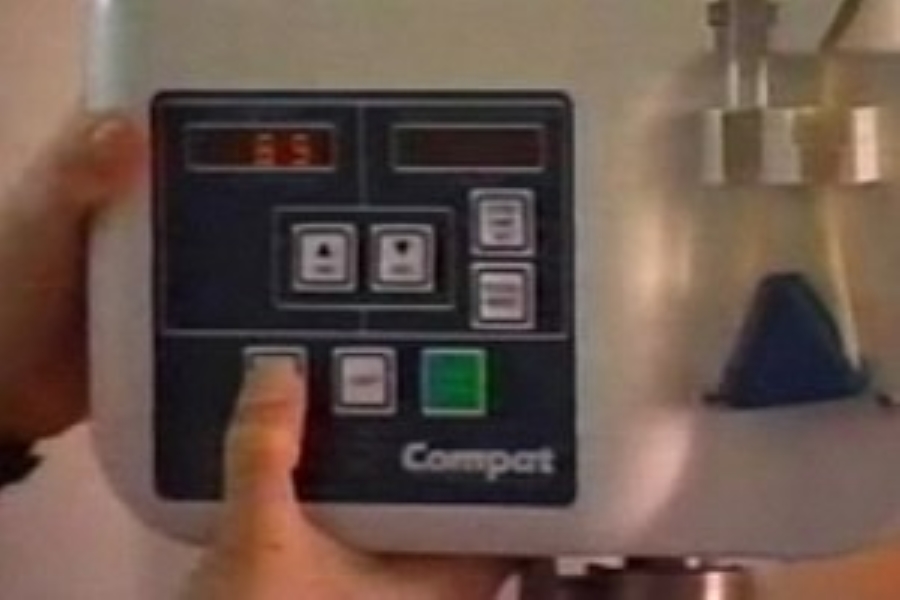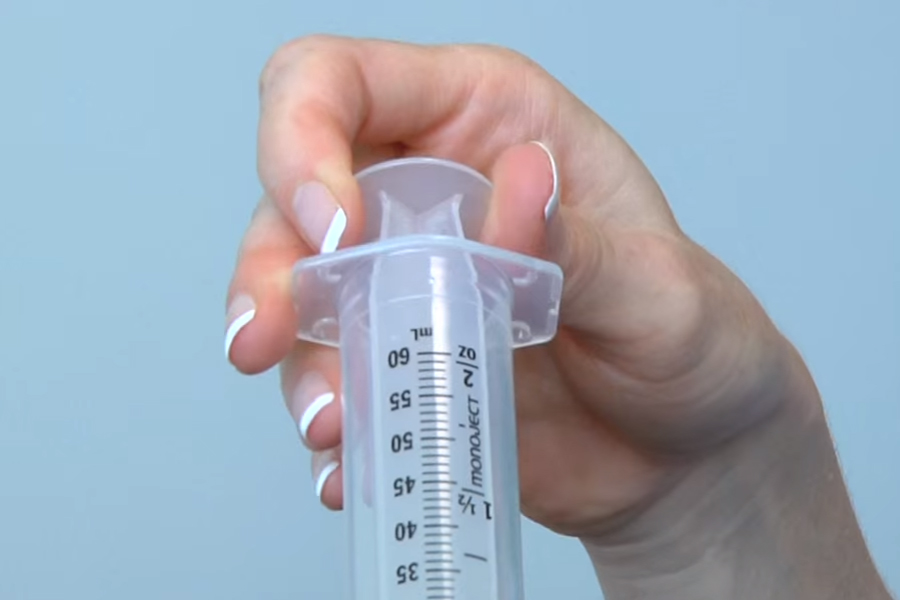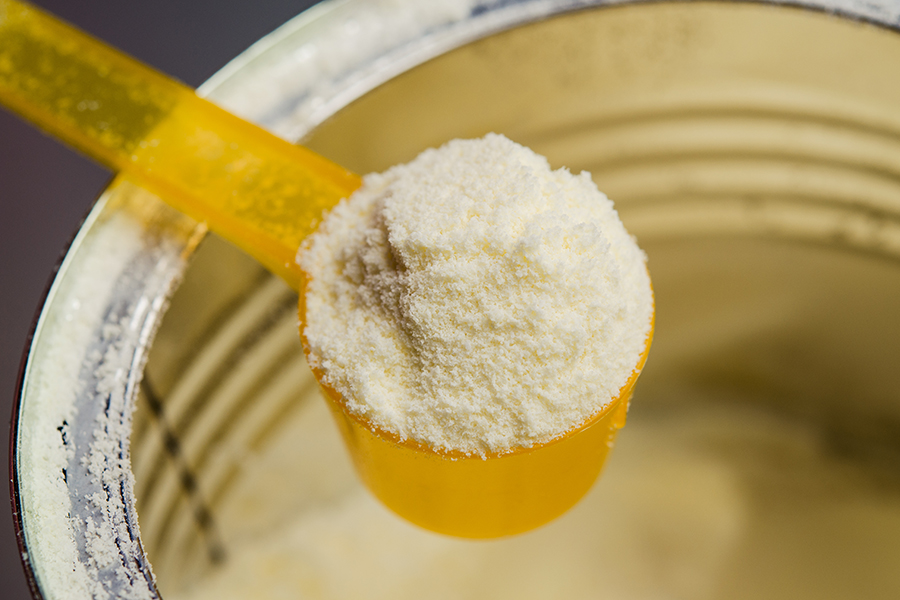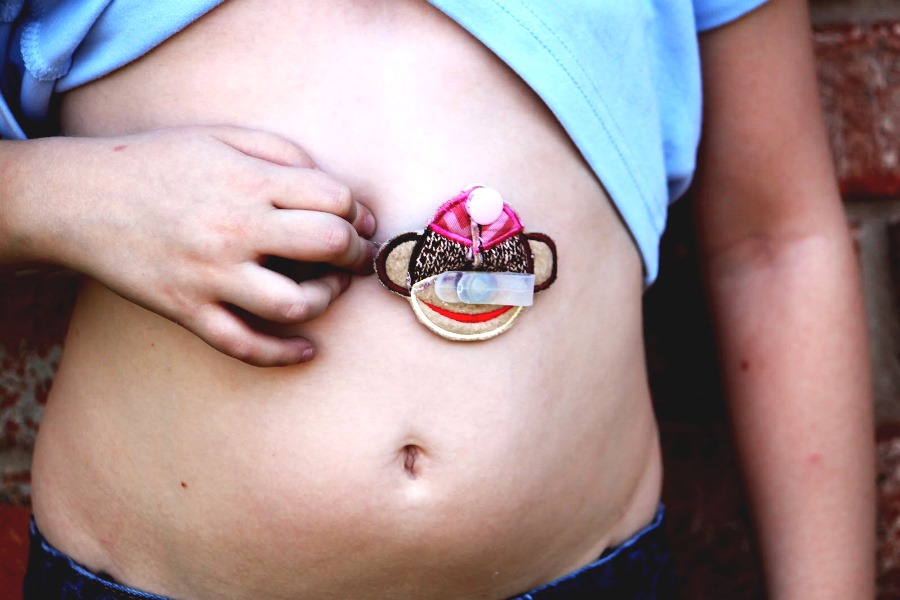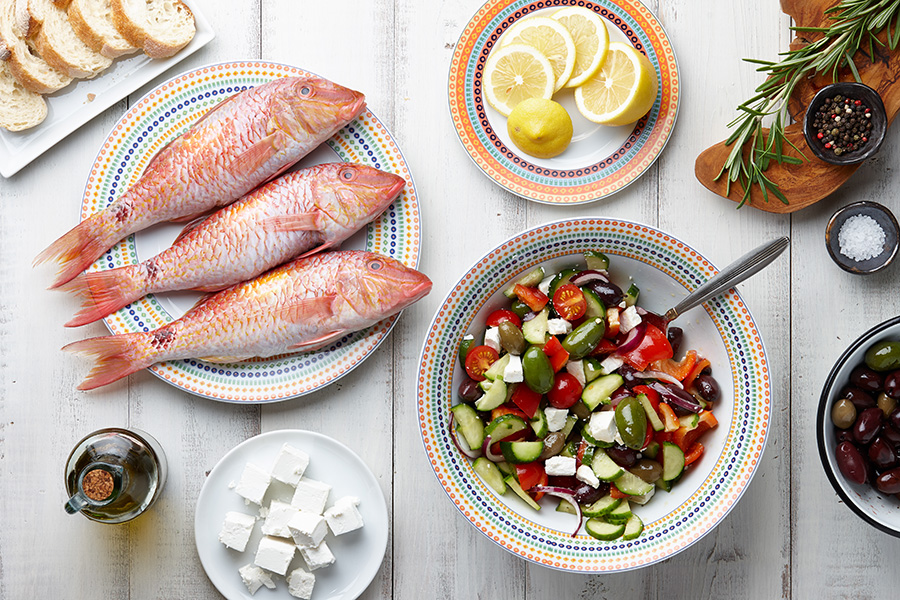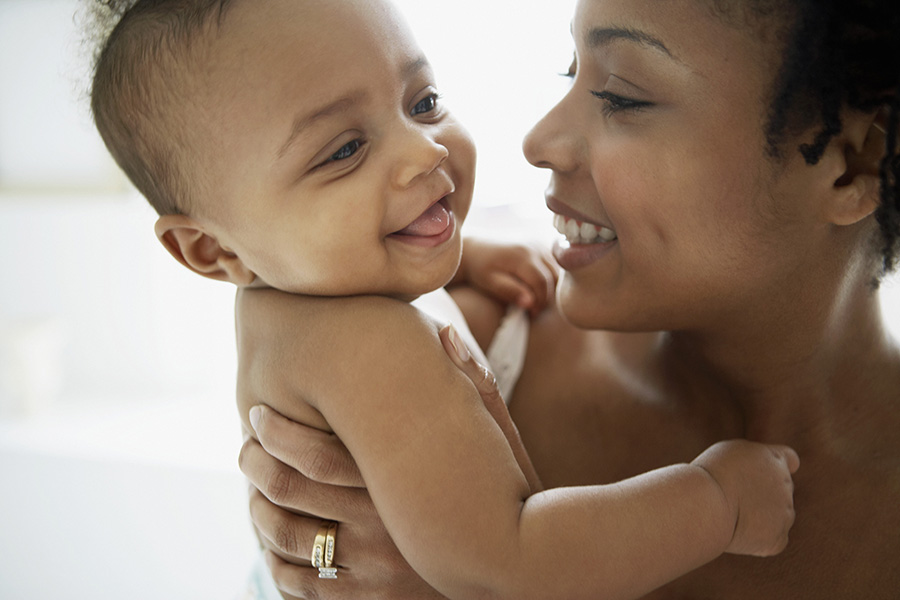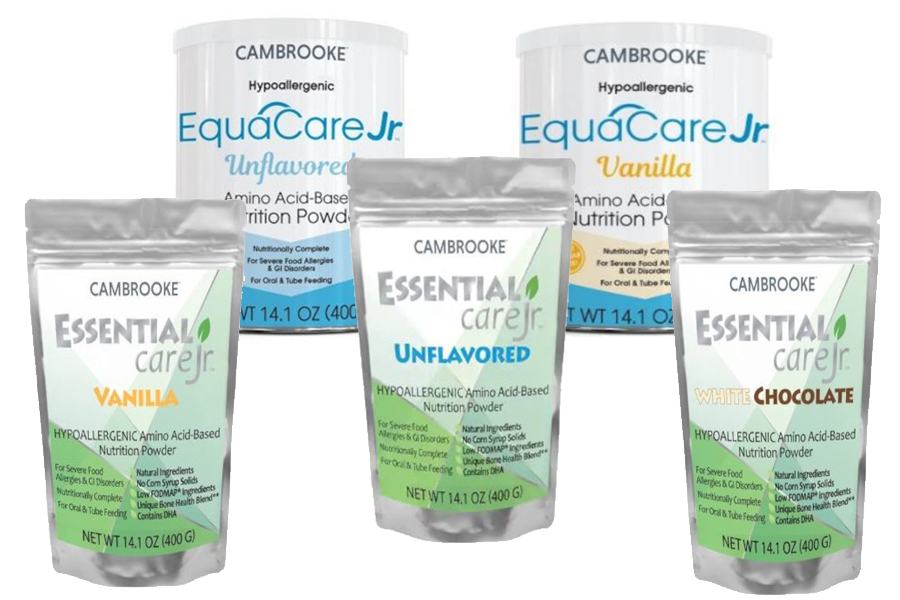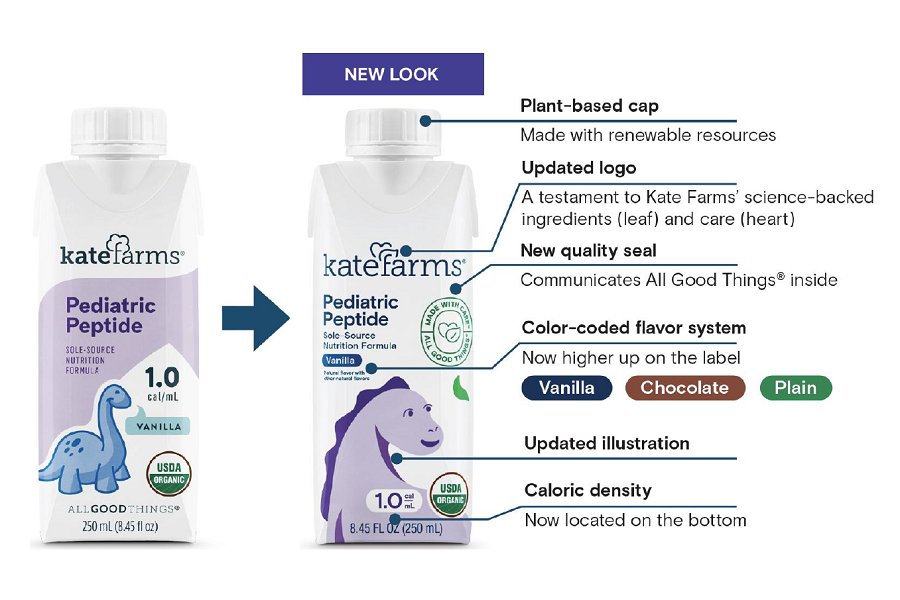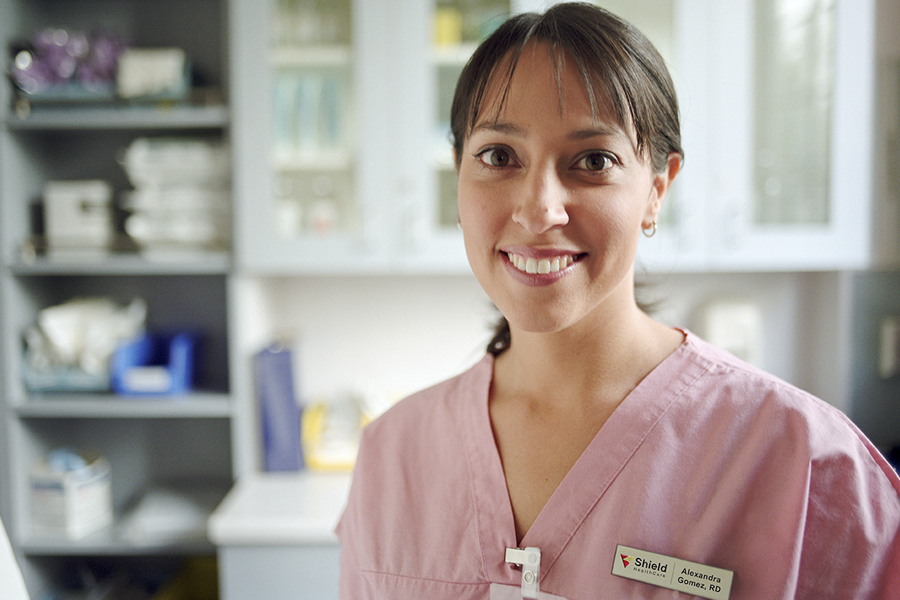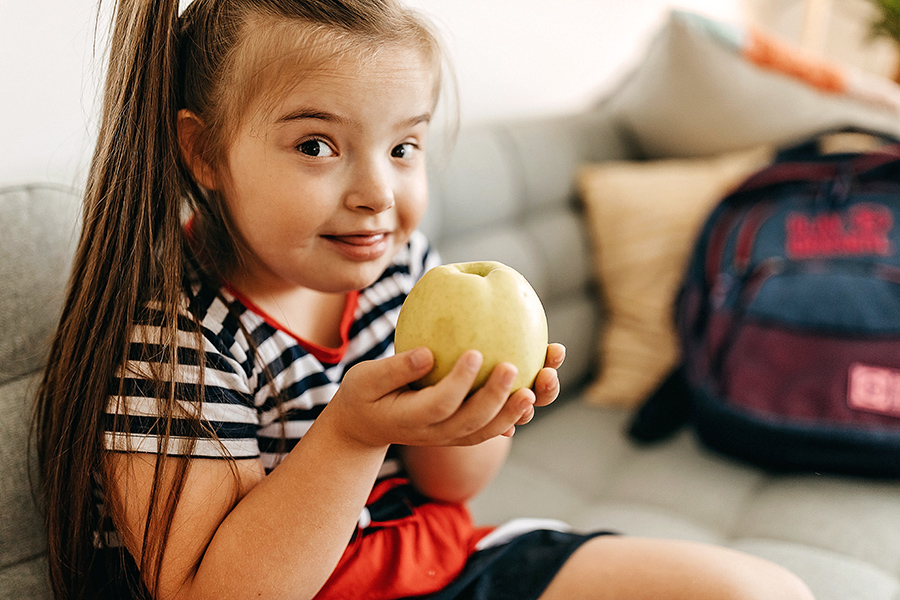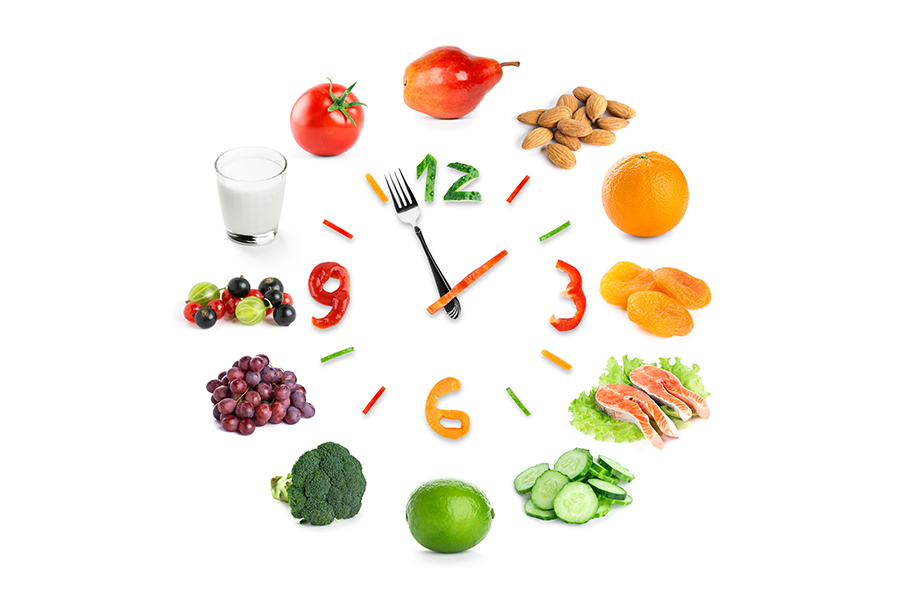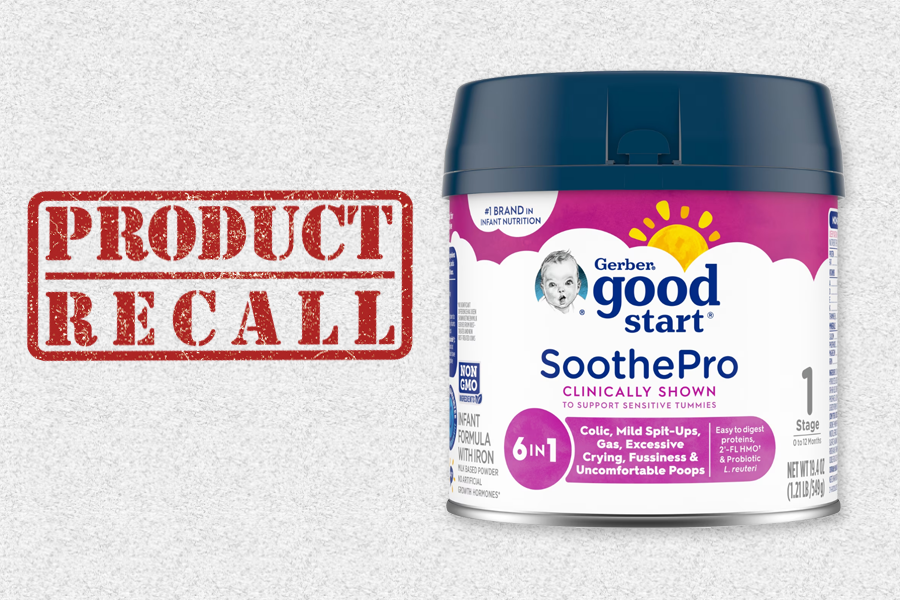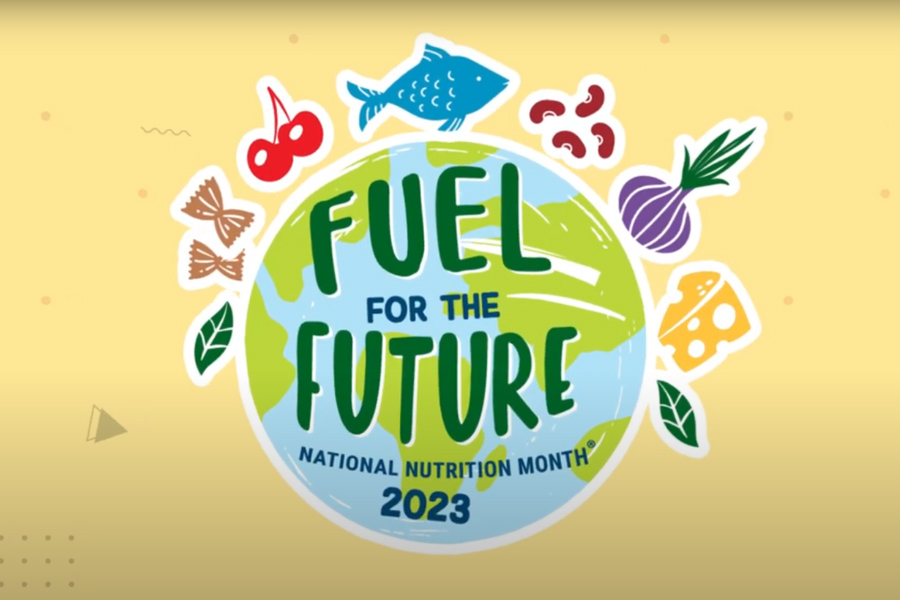Updated September 10, 2021
Emergency Preparedness
No matter where you live, it is always important to be prepared for a natural disaster. Whether your region is susceptible to wildfires, flooding, earthquakes, hurricanes or tornadoes — emergency preparedness is equally necessary. To promote this FEMA has published an Emergency Supply List to help determine what is important to stock in a supply kit, including:
- Food and water
- Fire extinguisher
- Blankets
- Flashlights and batteries
- Formula and medications
- Medical supplies
- Clothing and shoes
- Pet food
However, if there is someone in your family that requires medical supplies, your emergency preparedness kit must be more robust and maintained carefully. Being prepared will help reduce the stress and health strain of an emergency situation.
Tube Feeding and Emergency Preparedness
The Oley Foundation has helpful advice to help you become emergency prepared:
- Have a plan. Start thinking about how you would handle situations like loosing power or not being able to receive deliveries. The Oley Foundation suggests calling your utility providers to let them know someone in your home has a medical condition, so in the event of an outage you can get services restored as soon as possible. Also make sure to have an emergency contact list and any other necessary medical information in your kit.
- Gather emergency supplies. In an easily accessible place, keep extra formula that does not need refrigeration and is packaged in small quantities. Also have on hand extra feeding bags, syringes, water, pump batteries, hand sanitizer, gloves and anything else you may need for feeds. If you normally use a feeding pump, keep and become familiar with how to use gravity feeding sets in your kit.
- Don’t panic. Be prepared so you can act quickly in the event of an emergency. If you are prepared and have a plan there is no need to panic, you’ve got this! Remember to grab your emergency kit and quickly shelter safely. In the cold, seek warmth as soon as possible. If the weather is hot, stay cool and handle formula cautiously to prevent spoilage.
Check out more Emergency Preparedness tips from The Oley Foundation here.
Emergency Kit Management: Update Every Three Months
To ensure the supplies in your emergency kit are viable, check your kit every three months and update as needed.
- Make sure emergency contacts, meeting place and needed medical information are still accurate.
- Check flashlights and batteries. Replace old or expiring batteries as needed.
- Rotate food, formula, and water using the FIFO system. FIFO (first in first out) is a system of storage and utilization that reduces waste and keeps your food/water safe and palatable. When updating your emergency kit rotate food, formula, and water according to purchase date. Use items purchased earlier first by rotating through your stock. Make sure to use the items purchased earliest first (closest expiration dates) and replace with newly purchased supplies (furthest expiration dates).
Related Links:
How Do I Feed When My Pump Fails? Emergency Gravity Feeding
Caregiver Corner: Emergency Preparedness Tips
DISCLAIMER: This information is designed for customer use only and does not represent the advice of a medical health professional. Please contact your doctor for explicit advice on your prescription and/or feeding program.






